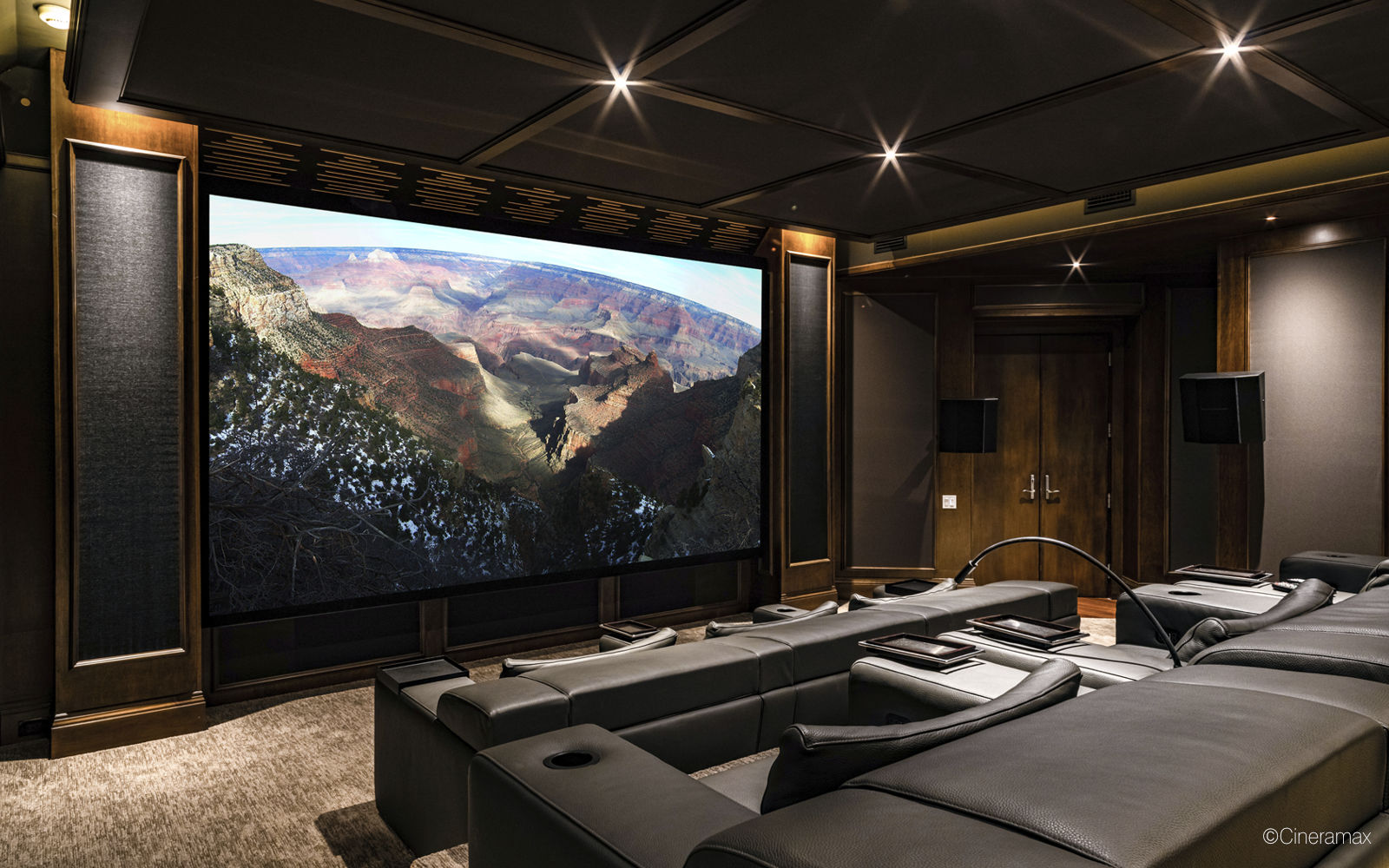Harmonizing Legacy Platforms with Advanced Sound Networking Solutions for Improved Efficiency and Adaptability.
Harmonizing Legacy Platforms with Advanced Sound Networking Solutions for Improved Efficiency and Adaptability.
Blog Article
Within today's fast-paced world of audio technologies, the requirement to enhance performance and flexibility in audio solutions is more crucial than ever. Many entities and locations still rely on outdated technologies, which are antiquated technologies that may not have the capabilities of contemporary equipment. However, harmonizing these legacy technologies with state-of-the-art audio networking technologies can lead to significant enhancements. Sound networking allows for better communication between devices, making it simpler to control and manage audio throughout different spaces.
A of the primary benefits of combining legacy technologies with contemporary audio communication is increased adaptability. Traditional sound systems often require complex wiring and restricted routing choices. With audio communication technologies like Dante or AVB, sound transmissions can be sent over conventional Ethernet connections. This means that operators can easily link various devices without the requirement for extensive reconfiguration. Regardless in a performance venue, a school auditorium, or a business event, this adaptability allows for quick modifications and modifications to the audio setup without significant delays.
Performance is another significant factor that enhances when video conferencing solutions older systems are modernized with current communication technologies. Outdated technologies may struggle to provide high-quality audio, particularly in larger venues or in complex occasions. By adopting audio communication, entities can take advantage of sophisticated features such as low delay, timing, and digital data management. These improvements assist guarantee that sound is distinct and uniform, enhancing the complete experience for listeners and artists alike. This transition can create a noticeable difference in the way audio is perceived in different settings.
Moreover, harmonizing legacy technologies with modern solutions can lead to financial benefits in the long run. Although modernizing to new devices may necessitate an initial investment, the effectiveness gained through sound networking can lower maintenance costs and decrease the requirement for ongoing repairs. Furthermore, connected systems often require fewer tangible space than traditional installations, which can reduce on real estate expenses in venues. Organizations can distribute resources better efficiently, using the money they retain to allocate resources in additional important areas.
Lastly, training staff on the method to operate integrated systems becomes easier with sound networking. Many contemporary sound networking systems come with intuitive controls and remote management features. This means that including those who may lack significant technical expertise can be trained to manage and operate the audio solutions effectively. Training initiatives can be developed around these solutions, enabling personnel to maintain and diagnose technologies with confidence. By blending the legacy with the modern, organizations can create a more competent and skilled team, ultimately leading to improved sound experiences for all involved.